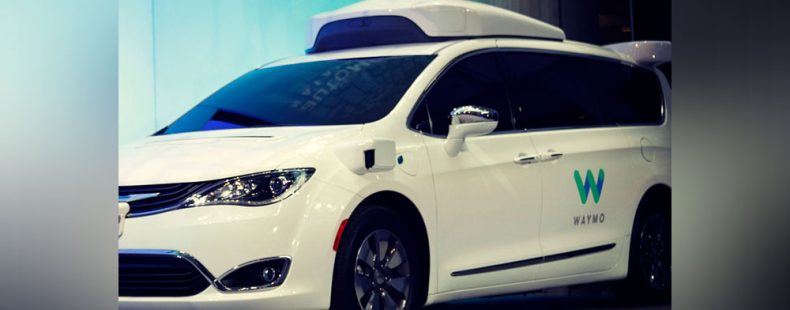We’ve reached the era of the self-driving car! Congratulations, us. Ford, General Motors, and Volkswagen are all in the autonomous driving game, along with many up-and-comers. Waymo (a division of Alphabet, Google’s holding company) describes theirs as “a safer car for everyone.”
In a way, it’s shaky ground we’re standing on. One, because we’re standing on a foundation of dated perceptions of the future, and they’re all from entertainment. Picture those anthropomorphized creatures with two-dimensional personalities: Herbie the Love Bug, KITT from Knight Rider, and Christine the possessed car sprung from Stephen King’s imagination; an overly friendly buddy, a highly intelligent and loyal and clever helper, or, you know, a demon. Two, to bring us back to current day, more of these cars are becoming involved in accidents, which gives us opportunity to test and perfect its technology. In March of 2017 in Arizona a “driverless” Uber SUV crashed while turning, though no injuries resulted; in Florida in May of 2016, a “self-driving” Tesla failed to brake, causing one fatality.
It’s important we allow technology to advance, and promote its advancement, but it’s equally as crucial if not more so, to be aware of what we name our new creations! Words are cultural artifacts that wear each new context or sense like a carving. They add to, without erasing or blotting out, what was already there. We see this a lot in technology, where mobile phones and handhelds market the portability of wireless communication, and a Segway is a clever segue from point A to B. And there are many examples of computer metaphors, where the user interface is named after the real-world objects it resembles. After you wrote that virtual “paper” it felt pretty good to put it in the “file” on your “desktop.”
To call these new cars driverless or self-driving tends to conjure up an otherworldly magical ease of the invention, especially for those of us who grew up in times that required more hands-on doing—like going to the library to do research before cell phones or the Internet existed. They’re strange metal boxes we sit in that take us wherever we need to go, somehow without us having to move or even be awake if we choose not to. We sit back and give it a destination. It knows the lay of the land, like a sentient being who’s followed the map so many times it may have internalized the terrain. Maybe it even made the map. And like magic, it also perceives spontaneous obstacles: other cars (manned or unmanned), pedestrians, changing lights and stop signs, road blocks, and on and on.
But it’s not magic nor sentient. A human isn’t physically operating it, true, but it’s not going on its own intuition. It’s not driving itself, so what do we call them? Autocars, autodrivers, robot-taxis, auto-automobiles or auto2mobiles don’t fit for the same reasons that driverless and self-driving don’t. Hmm. Here are a few attempts at renaming this new thing we have roaming around with us in tow:
This handful draws on the “look mom, no hands!” aspect of the car:
Passive transfer
Idler’s usher
Leisure wheels
Relaxi taxi
This set calls out the car as synthetically cognizant:
Conscious cab
Awake wagon
Watchful wheels
AnticipaTaxi
What do you think we should call this new technology? Share your ideas with us on Twitter or Facebook!














